How to Promote Inclusivity for People with Spina Bifida
Learn practical ways to foster an inclusive environment for individuals with Spina Bifida, promoting accessibility, respect, and participation in daily life.
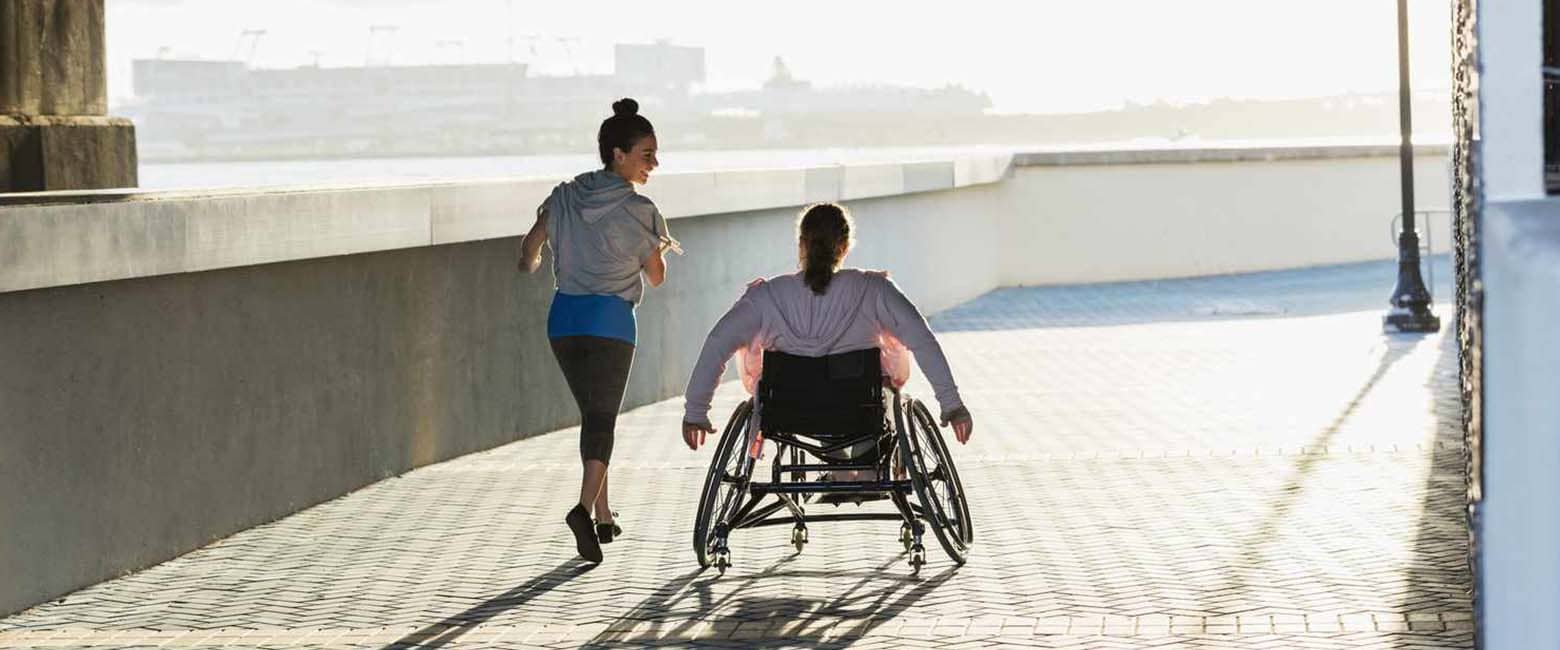
Inclusivity is about creating an environment where everyone, regardless of their abilities, feels valued, respected, and able to participate fully in society. For people living with Spina Bifida, a congenital condition that affects the spine and mobility, promoting inclusivity involves addressing both physical and social barriers. Here’s how we can all contribute to making the world more inclusive for individuals with Spina Bifida.
1. Improve Accessibility in Public Spaces
Physical accessibility is a critical first step in promoting inclusivity. People with Spina Bifida may use wheelchairs or other mobility aids, so it’s essential that public spaces are designed to accommodate their needs.
Ramp and Elevator Access: Ensure that buildings, public transport, and other infrastructure include ramps, elevators, and wide doorways.
Accessible Restrooms: Public venues should offer wheelchair-accessible restrooms that provide adequate space and necessary support features, like handrails.
Parking and Pathways: Designate accessible parking spots near building entrances and create smooth, obstacle-free walkways.
These measures not only benefit people with Spina Bifida but also others with mobility challenges, making society more inclusive as a whole.
2. Foster Inclusivity in Schools
Education plays a key role in inclusivity. Children with Spina Bifida can thrive in mainstream schools if provided with the right support.
Accessible Classrooms: Ensure that schools are wheelchair-friendly and provide necessary accommodations, such as modified desks or assistive technology for note-taking.
Inclusive Playgrounds: Schools should have inclusive playgrounds where children with mobility impairments can participate in recreational activities with their peers.
Teacher Training: Teachers and staff should receive training on how to address the unique needs of students with Spina Bifida and create an inclusive classroom environment.
With the proper adjustments, schools can be a place where children with Spina Bifida feel supported and included.
3. Encourage Employment Opportunities
Employment is a key aspect of independence and inclusivity for people with disabilities. Companies and organizations can foster inclusivity by ensuring their workplaces are accessible and welcoming to people with Spina Bifida.
Inclusive Hiring Practices: Employers should be mindful of not discriminating against candidates with disabilities and should actively seek to diversify their workforce.
Workplace Accommodations: Provide necessary accommodations, such as ergonomic workspaces, flexible schedules, or the ability to work remotely, depending on the individual's needs.
Promote Awareness: Host workshops or training sessions to educate employees about Spina Bifida and the importance of inclusivity in the workplace.
These efforts will not only create a more inclusive work environment but also help break down stereotypes and misconceptions about people with disabilities.
4. Support Inclusive Recreation and Activities
Leisure and recreational activities are vital for social inclusion. People with Spina Bifida should have equal opportunities to participate in sports, hobbies, and other social events.
Adaptive Sports Programs: Communities should promote adaptive sports and recreational activities that are accessible to individuals with mobility challenges. Sports like wheelchair basketball or adaptive yoga are great options.
Social Events: Organize events that cater to the needs of people with disabilities, ensuring that venues are accessible and that individuals with mobility aids feel comfortable and included.
Travel Accessibility: Travel should be made accessible by offering mobility-friendly accommodations, wheelchair-accessible transport, and inclusive tour options for people with Spina Bifida and others with disabilities.
By creating opportunities for leisure and recreation, society can help individuals with Spina Bifida lead fuller, more engaged lives.
5. Promote Awareness and Education
One of the most powerful tools for promoting inclusivity is awareness. Educating people about Spina Bifida can help reduce stigma, foster understanding, and create a more inclusive society.
Community Outreach: Host awareness campaigns, events, or talks that educate the public about Spina Bifida and the challenges faced by those living with the condition.
Media Representation: Encourage media platforms to portray individuals with disabilities in a positive light, showcasing their abilities, talents, and contributions to society.
Advocacy and Policy: Support advocacy efforts aimed at improving policies that promote inclusivity, accessibility, and rights for people with disabilities.
By increasing awareness and providing support, we can create a more inclusive society where individuals with Spina Bifida can thrive.
Related
-
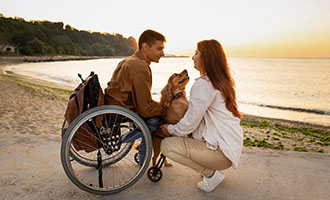
Love Without Limits: Navigating Dating with a Disability
-

How Disabled Youth in Mumbai are Shaping Their Future with Education and Career Opportunities
-
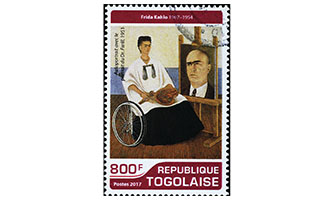
Winners on wheels
-
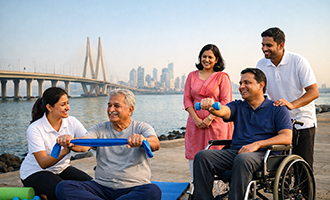
How Mumbai Is Becoming a Hub for Advanced Physical Therapy Treatment
-
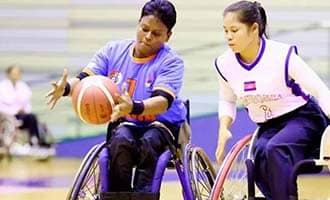
Inspiring Change
-
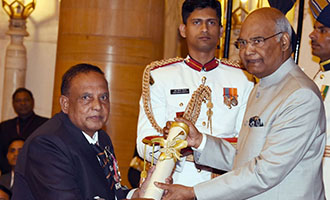
Inspiring Stories of Athletes with Disabilities: Breaking Barriers
-
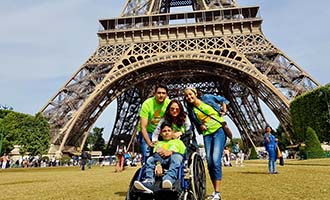
A young warrior
-

How to Support a Loved One with Spina Bifida: Tips for Family and Friends
-

Where Comfort, Safety and Compassion Meet
-
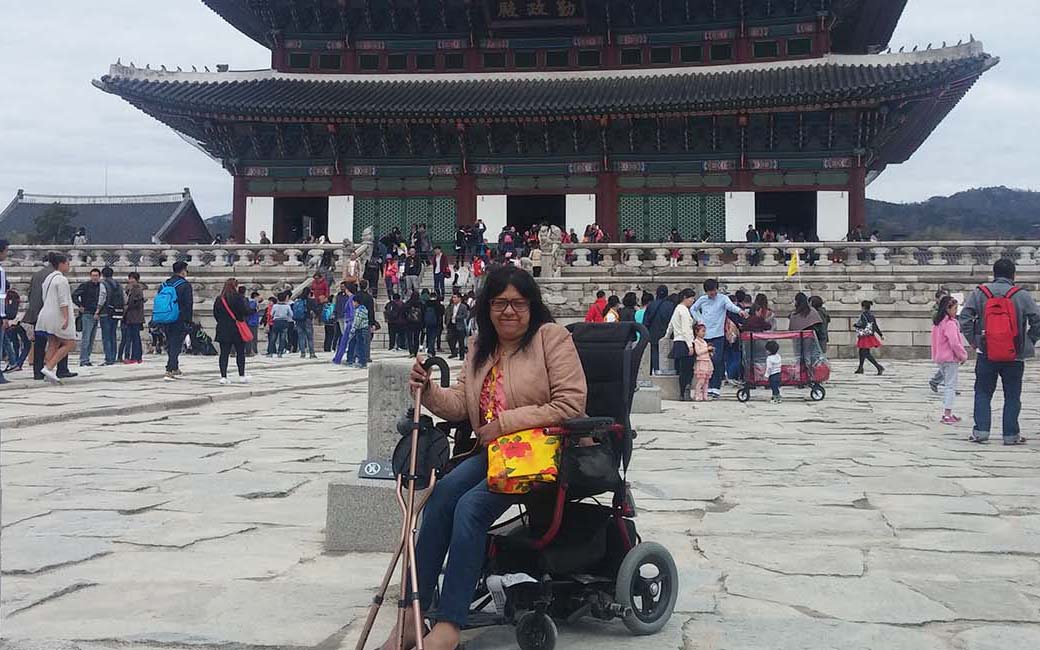
Pammu leads the way!
-

Inspiring Journey of a Multi-Talented Wheelchair User
-
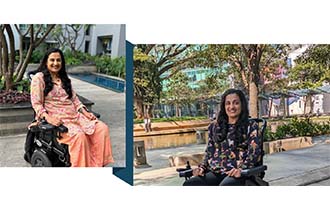
Living life on her own terms
-

Embracing Parenthood with Mobility Challenges: A Guide for Parents
-

Triumphing challenges
-

Find Your Inspiration at Mobicrew









